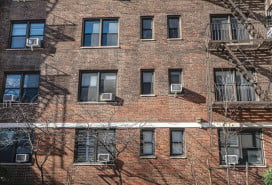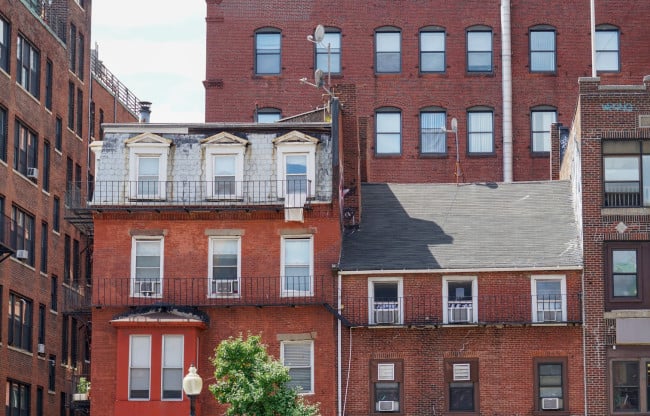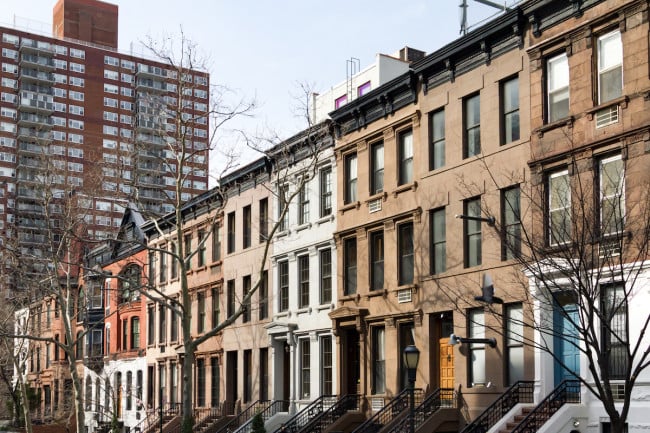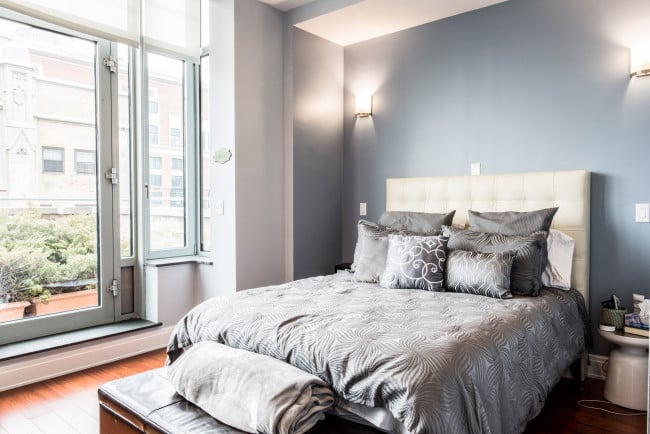What's a letter of no objection? And why would a buyer ask for one?
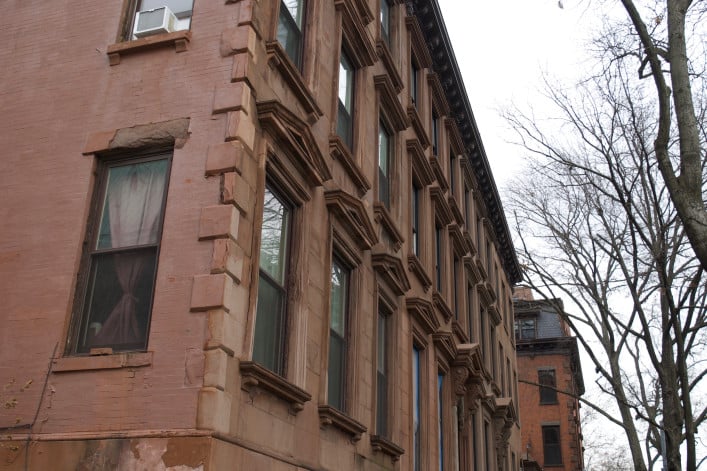
A letter of no objection is proof that no occupancy rules are being broken in older buildings that predate the use of the certificate of occupancy.
Emily Myers for Brick Underground
If you're buying a brownstone, part of your attorney's due diligence will be to make sure the certificate of occupancy matches the property. The C of O determines how the building can be used—whether it is residential or commercial and how many households can live there.
That means if the certificate of occupancy states it is a single-family residence, you can't have an additional apartment within the building that you rent out to support your income.
A letter of no objection (LNO) is a document issued by the Department of Buildings to acknowledge a building predates the certificate of occupancy laws that came into effect in 1938. If the place hasn't had major alterations it's not legally required to have a C of O but a LNO confirms that no rules are being broken regarding how the building is used.
According to the Department of Buildings, a LNO is typically requested when a seller has a buyer who requests the documentation, either for peace of mind or because they need to get financing and the bank wants confirmation.
A cash purchase doesn't have the same scrutiny as a financed one but a lender will check that the C of O matches the configuration of the building. Any renovation that creates a change in the number of rooms, or a change in the use of the spaces, will require a permit, which will mean it is worth checking whether a change in occupancy has been triggered.
Getting a LNO would typically be the responsibility of the seller if the building is going into contract. An owner takes responsibility for keeping their place safe and code compliant so if a seller does not deal with it, it will become the responsibility of you—the buyer—once the deal closes. An LNO is not a substitute for a C of O and getting a LNO does not prevent you from later applying for a C of O.
Getting a new C of O can be a slow process. You need to employ a registered architect or professional engineer and have plans drawn up for the building. You then need to apply for appropriate work permits and if necessary do construction work to meet applicable code requirements. Inspections are also required, fees must be paid, and any violations and approvals resolved. (You can also also get a temporary certificate of occupancy or TCO, which means a building is safe to inhabit but still has some outstanding work to do or permits to obtain before a C of O is granted.)
For older buildings where no major work has been done and there are no open permits, an LNO can be a good alternative if you are trying to close a deal. When requesting an LNO, the owner needs to submit supporting documentation with their application indicating the building’s current use.
The easiest solution when dealing with the Department of Buildings in these situations is to hire an experienced expeditor to help speed up the paperwork.
You Might Also Like




